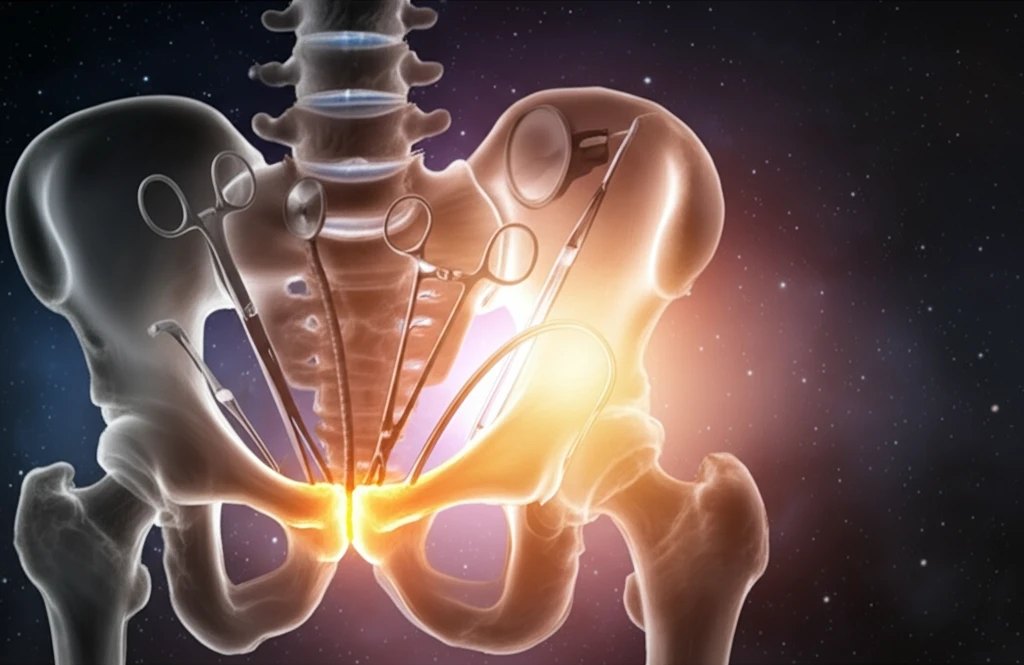
The 'Dawn Hip' Initiative: Can Early Intervention Prevent Hip Fractures?
"Discover how a simple change in hospital procedures can significantly improve outcomes for hip fracture patients, reducing recovery times and healthcare costs."
Osteoporosis and its associated fractures, particularly hip fractures, pose a significant and growing challenge to healthcare systems worldwide. As populations age, the incidence of these fractures increases, leading to substantial mortality, morbidity, and healthcare costs. In England alone, nearly 400,000 fractures occur annually, with hip fractures being among the most devastating.
The consequences of hip fractures extend beyond the immediate injury. Survivors often face a diminished quality of life, with many failing to regain their pre-fracture level of independence. Walking ability may deteriorate, requiring additional assistance, and a significant percentage of patients require long-term care in residential or nursing homes. The financial burden is also considerable, with direct medical costs estimated at billions of pounds annually.
Recognizing the urgent need for improved management of hip fractures, healthcare providers have sought innovative strategies to enhance patient outcomes and reduce costs. One such approach is the 'Dawn Hip' initiative, which prioritizes early surgical intervention for patients with hip fractures. This article explores the implementation and impact of the 'Dawn Hip' initiative in a district general hospital in South East England, examining its effects on waiting times, surgical efficiency, and overall patient care.
How Does Early Surgery Impact Hip Fracture Recovery?

The 'Dawn Hip' initiative centers around the principle that early surgical intervention, specifically within 48 hours of admission, leads to better outcomes for patients with hip fractures. This approach aligns with guidelines from the British Orthopaedic Association (BOA), which emphasizes the importance of timely medical and anesthetic assessment, surgical intervention, and rehabilitation.
- Faster recovery times: Early surgery allows patients to begin rehabilitation sooner, leading to quicker recovery and return to function.
- Reduced complications: Prompt intervention minimizes the risk of complications associated with prolonged immobilization, such as pressure sores and infections.
- Lower healthcare costs: By improving patient outcomes and reducing hospital stays, early surgery can significantly lower healthcare costs.
The Future of Hip Fracture Care: Maintaining Momentum
The 'Dawn Hip' initiative demonstrates the potential for simple, targeted interventions to improve outcomes and reduce costs in hip fracture care. By prioritizing early surgical intervention and optimizing resource utilization, hospitals can significantly enhance the quality of life for patients and alleviate the financial burden on healthcare systems. However, maintaining the success of such initiatives requires ongoing commitment, collaboration, and a willingness to adapt to changing circumstances. Regular audits and a focus on continuous improvement are essential to ensure that the benefits of early intervention are sustained over time.
